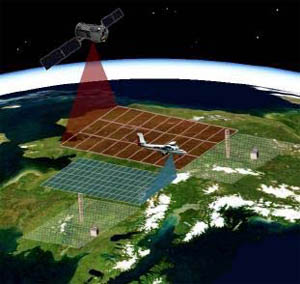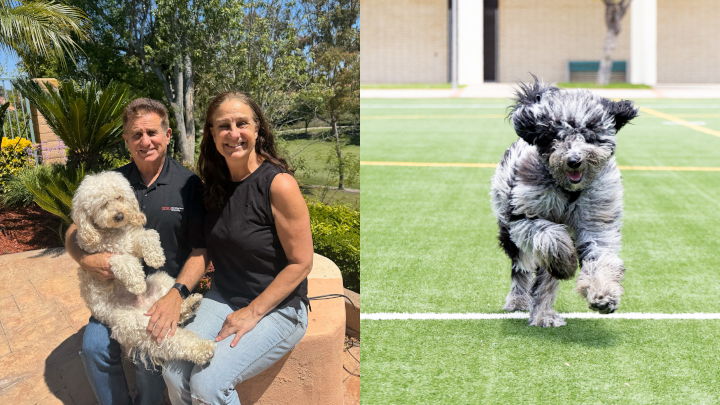SDSU Heads for the Skies with NASA-Funded Research
SDSU professor Walt Oechel is part of a team examining greenhouse gases in the Arctic.

The Arctic may be on the other side of the world, but it provides indicators of global warming that are important here.
Walt Oechel, SDSU biology professor specializing in global climate change, will work with the National Aeronautics and Space Administration’s Jet Propulsion Lab to measure the greenhouse gas effect on the globe’s most northern point.
Oechel and a team of experts will collect data that will provide unprecedented experimental insights into Arctic carbon cycling, especially the release of the important greenhouse gases such as carbon dioxide and methane.
Instruments will be flown on a Twin Otter aircraft to collect the first real-time, simultaneous measurements of surface characteristics that control carbon emissions and key atmospheric gases. The team, led by principal investigator Charles Miller with the NASA Jet Propulsion Lab, will then analyze the data, which may provide key insights into global warming.
One of five new airborne science missions
The study is one of five new airborne science missions announced by NASA last week. Other projects will examine soil-based ecosystems, hurricanes and air quality. The competitively selected proposals are the first investigations in the new Ventureclass series of low-to-moderate cost projects established by the agency last year.
The Earth Venture missions are part of NASA's Earth System Science Pathfinder program. The small, targeted science investigations complement NASA's larger research missions. In 2007, the National Research Council recommended that NASA undertake these types of regularly solicited, quick-turnaround projects. Future Venture proposals may include small, dedicated spacecraft and instruments flown on other spacecraft.
"These missions are considered a 'tier 1' priority in the National Research Council's Earth Science decadal survey. With this selection, NASA moves ahead into this exciting type of scientific endeavor," said Edward Weiler, associate administrator of the agency's Science Mission Directorate in Washington.
Scope and cost
The missions will be funded during the next five years at a total cost of no more than $30 million each. The cost includes initial development and deployment through analysis of data. The American Recovery and Reinvestment Act (ARRA) provided approximately $10 million toward the maximum $150 million funding ceiling for the missions.
The missions involve six NASA centers, 22 educational institutions, nine U.S. or international government agencies and three industrial partners. The five missions were selected from 35 proposals.
Other missions
Other missions include:
- Airborne Microwave Observatory of Subcanopy and Subsurface, an observation of surface and below-soil ecosystems in North America, led by Mahta Moghaddam, University of Michigan.
- Airborne Tropical Tropopause Experiment, an experiment involving atmospheric gases in California, Australia, Guam and Hawaii, led by Eric Jensen, NASA's Ames Research Center in Moffett Field, Calif.
- Deriving Information on Surface Conditions from Column and Vertically Resolved Observations Relevant to Air Quality, which will use airborne, surface and satellite observations to understand factors relevant to air quality led by James Crawford, NASA's Langley Research Center in Hampton, Va.
- Hurricane and Severe Storm Sentinel, an airborne study of hurricanes in the Atlantic Ocean, led by Scott Braun, NASA's Goddard Space Flight Center in Greenbelt, Md.
"These new investigations, in concert with NASA's Earth-observing satellite capabilities, will provide unique new data sets that identify and characterize important phenomena, detect changes in the Earth system and lead to improvements in computer modeling of the Earth system," said Jack Kaye, associate director for research of NASA's Earth Science Division in the Science Mission Directorate.
Langley manages the Earth System Science Pathfinder program for the Science Mission Directorate. The missions in this program provide an innovative approach to address Earth science research with periodic windows of opportunity to accommodate new scientific priorities.
For information about NASA and agency programs, visit http://www.nasa.gov.



